Nature has produced some remarkable survivors, but few things in the animal kingdom are as fascinating as watching creatures transform their entire way of life practically overnight. While evolution typically takes millions of years, some animals possess an almost supernatural ability to adapt to completely new environments in just days, weeks, or months. These biological shape-shifters challenge everything we thought we knew about adaptation, proving that life finds a way even in the most impossible circumstances. From desert invaders conquering frozen landscapes to ocean dwellers mastering freshwater rivers, these twelve incredible species will leave you questioning the very limits of biological possibility.
12. Cane Toads – The Ultimate Biological Invaders

Cane toads might just be the most successful environmental invaders on Earth, and their speed of adaptation is nothing short of terrifying. Originally from Central and South America, these amphibians were introduced to Australia in 1935 to control agricultural pests. Within just a few decades, they’ve colonized over one million square kilometers of Australian territory.
What makes their adaptation so shocking is how quickly they’ve modified their behavior and physiology for different climates. In tropical northern Australia, cane toads breed year-round, but populations in cooler southern regions have learned to time their reproduction with seasonal changes. Their legs have even grown longer in frontier populations, allowing them to travel up to five times faster than their ancestors.
11. House Sparrows – Urban Evolution in Real Time

House sparrows have become living laboratories for rapid urban adaptation, transforming themselves within just a few generations to thrive in concrete jungles. These small birds have developed shorter wings in cities compared to their rural cousins, making them more maneuverable around buildings and traffic. Their songs have also become higher-pitched and louder to cut through urban noise pollution.
Perhaps most remarkably, city sparrows have altered their entire daily rhythm to match human activity patterns. They wake up earlier, sleep later, and have even changed their stress hormone levels to cope with constant urban stimulation. Some populations have developed different beak shapes within just 20 years to better exploit new food sources like fast food scraps.
10. Brown Anole Lizards – Speed Demons of Adaptation
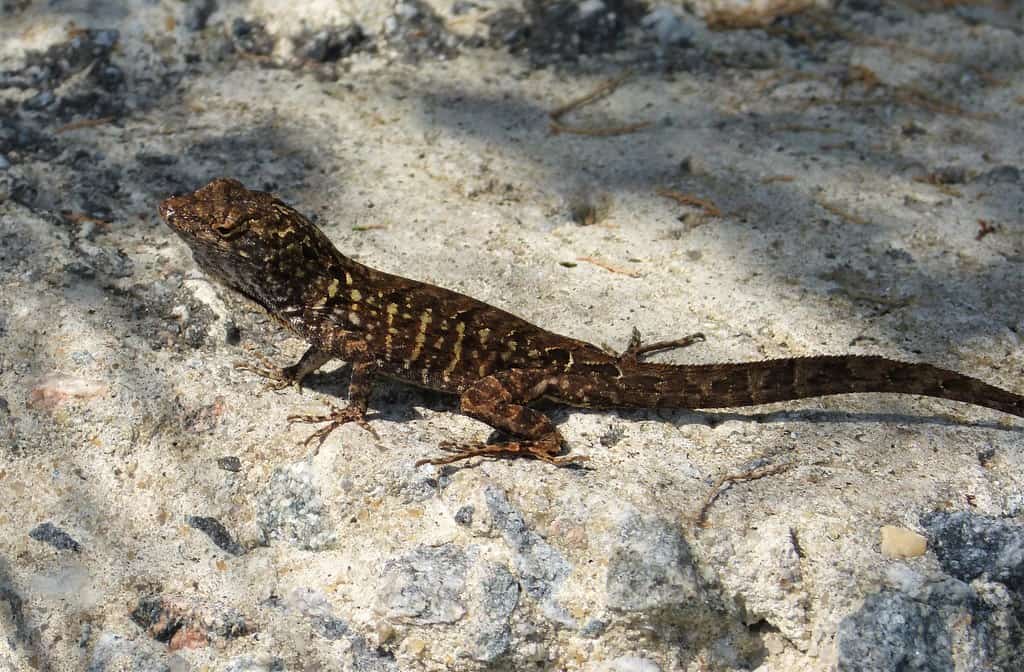
Brown anole lizards are rewriting the textbook on evolutionary speed, adapting to new environments in as little as 15 years. When these Caribbean natives invaded Florida, they faced competition from native green anoles and had to think fast. The brown anoles quickly evolved longer legs and stickier toe pads to become better climbers, effectively moving into the trees to avoid ground-level competition.
Their adaptation doesn’t stop at physical changes. Brown anoles have modified their territorial behavior, mating displays, and even their preferred basking temperatures based on their new environment. In urban areas, they’ve learned to exploit artificial heat sources like concrete and metal surfaces, allowing them to remain active during cooler periods when other reptiles become sluggish.
9. Killer Whales – Cultural Learning Masters

Killer whales demonstrate that adaptation isn’t always about genetic changes – sometimes it’s about lightning-fast cultural learning. Different orca populations have developed completely distinct hunting techniques, communication patterns, and social structures in response to their environments. Some groups specialize in hunting marine mammals, while others focus exclusively on fish, developing entirely different hunting strategies within just a few generations.
What’s truly remarkable is how quickly young orcas can learn and adapt to new prey when their traditional food sources disappear. During salmon shortages, some pods have been observed switching to entirely new prey species and hunting techniques within a single season. Their complex social learning allows entire populations to adapt behaviorally far faster than genetic evolution would permit.
8. Peppered Moths – The Classic Case That Still Amazes

Peppered moths became famous for one of the most documented cases of rapid adaptation in response to environmental change. During the Industrial Revolution in England, these moths switched from light-colored to dark-colored forms in just 50 years as tree bark became darkened with soot. This change helped them camouflage against predators on the newly blackened surfaces.
But the story doesn’t end there. As air quality improved in the late 20th century, the moth populations rapidly shifted back to their lighter forms in many areas. This back-and-forth adaptation shows just how quickly these insects can respond to environmental pressures. The speed of this change amazed scientists and continues to serve as a textbook example of natural selection in action.
7. Guppies – Fashion-Forward Fish
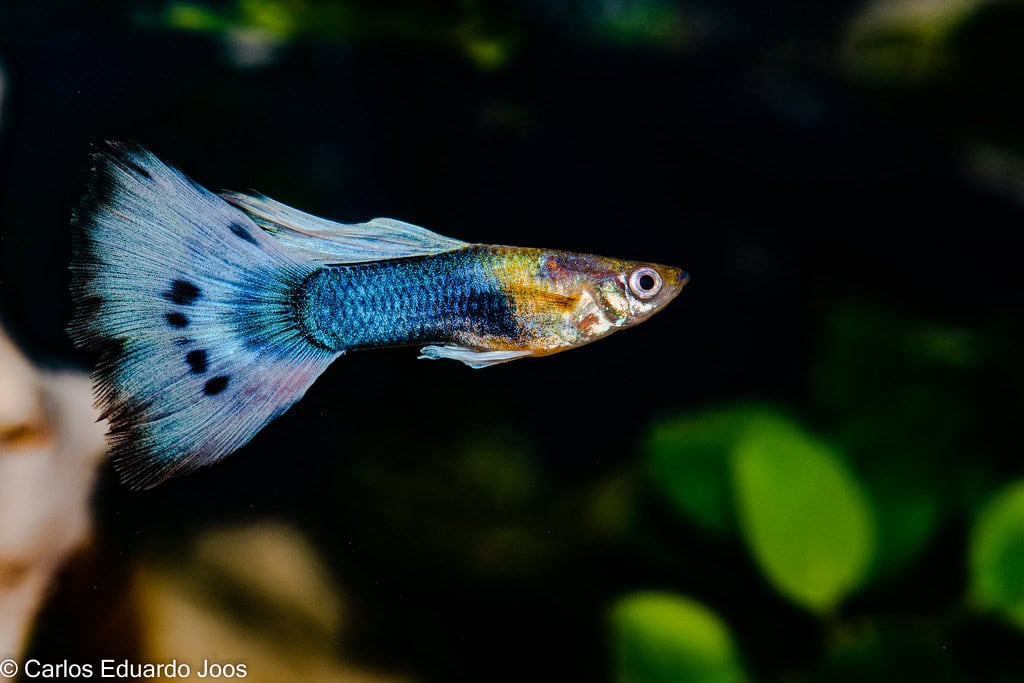
Guppies might seem like simple aquarium fish, but they’re actually adaptation superstars capable of dramatic changes in just a few years. When moved to environments with different predator pressures, guppies can alter their coloration, reproduction rates, and even body size within 10-20 generations. Males in high-predation environments develop duller colors and mature earlier, while those in safer waters become more colorful and grow larger.
The speed of guppy adaptation extends beyond just avoiding predators. When introduced to new rivers with different water chemistry or food availability, guppies quickly adjust their feeding behavior, swimming patterns, and social structures. Their flexibility has made them one of the most successful freshwater fish species worldwide, colonizing new habitats with remarkable ease.
6. European Starlings – Continental Conquerors
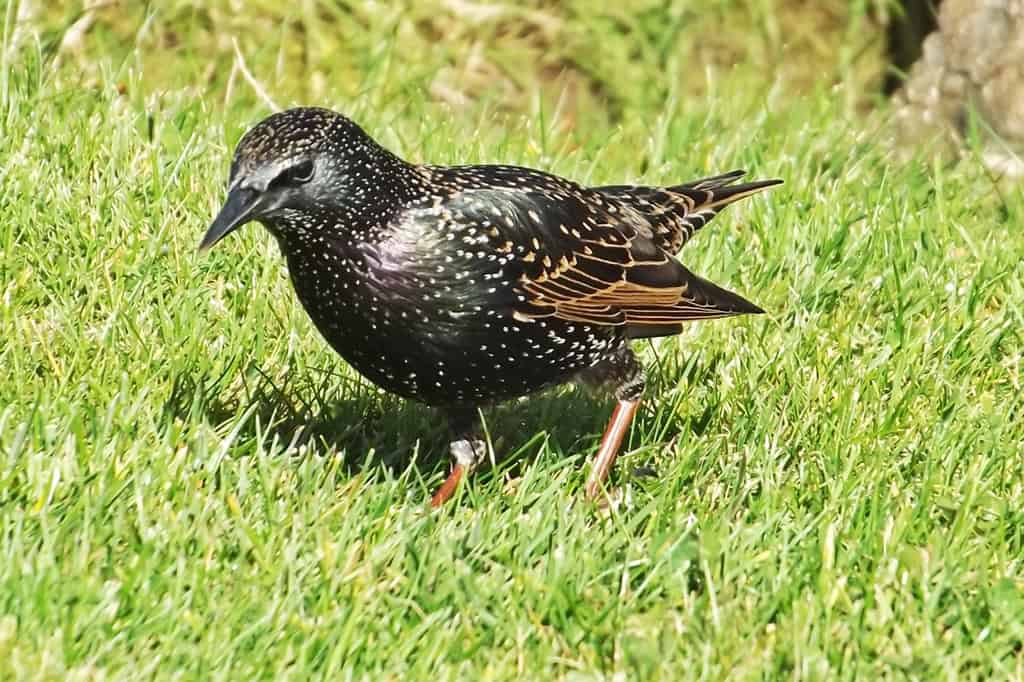
European starlings showcase perhaps one of the most dramatic examples of rapid continental conquest in modern history. Introduced to North America in 1890 with just 60 birds released in New York’s Central Park, they now number over 200 million across the continent. Their expansion rate of roughly 25 miles per year demonstrates incredible adaptability to diverse climates and habitats.
These birds have modified virtually every aspect of their behavior to succeed in North America. They’ve changed their migration patterns, nesting preferences, and diet composition based on local conditions. Northern populations have developed different feather density and body fat storage compared to southern birds, while urban populations show completely different foraging behaviors than their rural counterparts.
5. Rattlesnakes – Silent but Deadly Adaptation
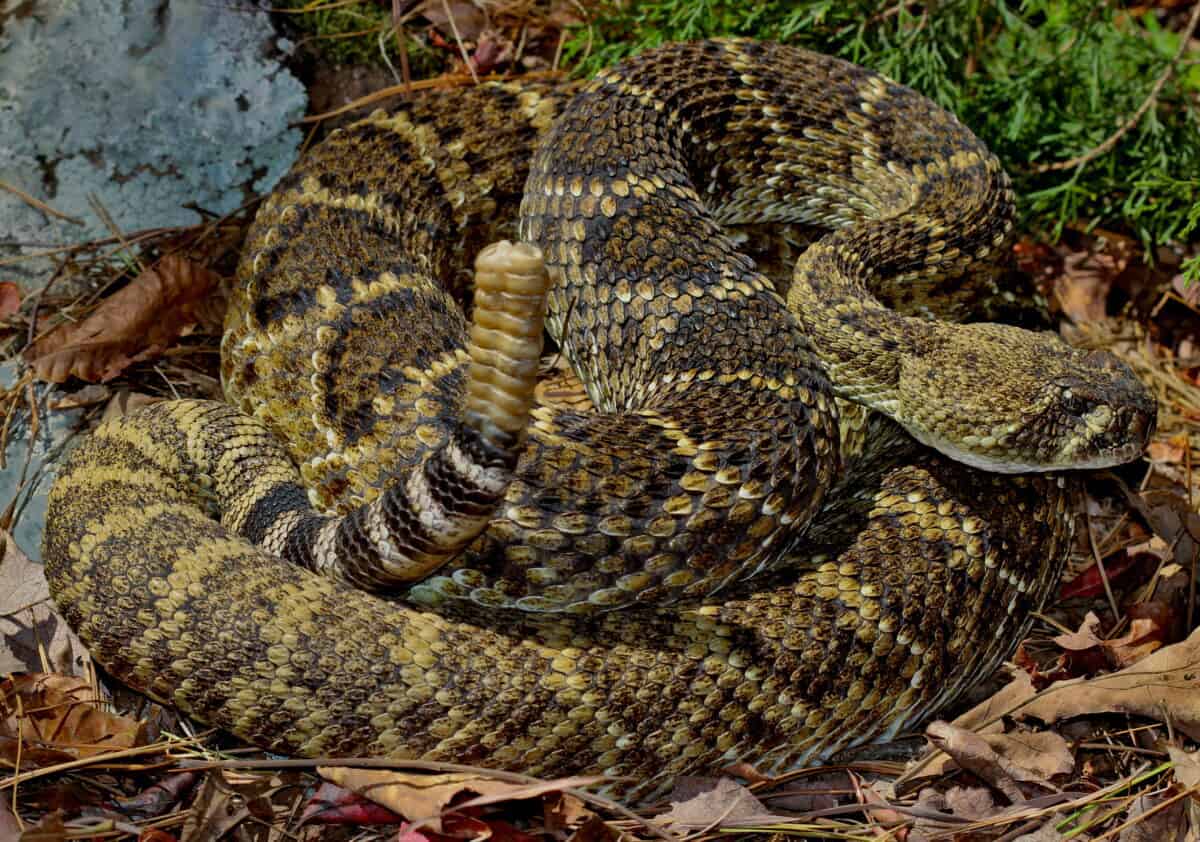
Island populations of rattlesnakes have undergone some of the most extreme rapid adaptations ever documented. The Santa Catalina Island rattlesnake, isolated for just 9,000 years, has evolved to be completely blind and has lost its ability to rattle. Instead, it’s become an ambush predator specializing in catching birds, developing a completely different hunting strategy from its mainland relatives.
Mainland rattlesnake populations are also adapting with surprising speed to human encroachment. Some groups have learned to reduce their rattling behavior in areas with high human activity, essentially becoming “stealth snakes.” Others have modified their activity patterns to avoid peak human hours, showing behavioral plasticity that develops within just a few snake generations.
4. Darwin’s Finches – Evolution’s Poster Children
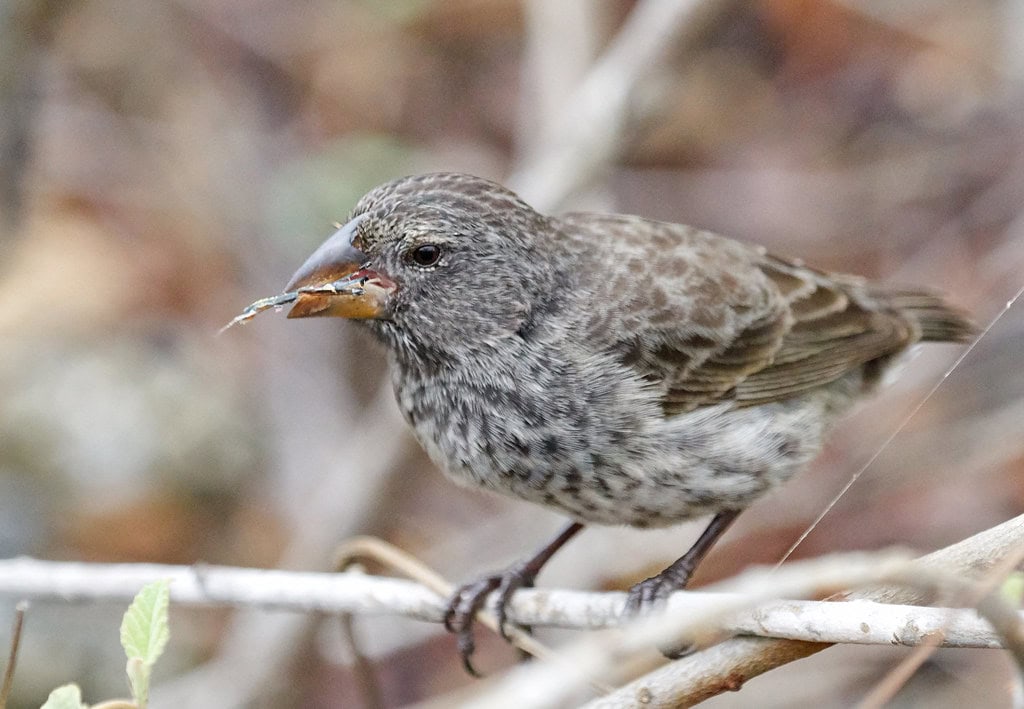
Darwin’s finches continue to amaze scientists with their rapid adaptation abilities, with some changes occurring in real-time over just a few years. During drought periods, finch populations with larger beaks survive better because they can crack tougher seeds. When rains return and softer seeds become available, smaller-beaked birds have the advantage, and beak sizes shift accordingly within just a few generations.
These birds also demonstrate remarkable behavioral adaptation. Some finch species have learned to use tools, drink nectar, and even drink blood from other birds when traditional food sources become scarce. Their ability to exploit new food sources and modify their behavior based on immediate environmental conditions makes them living examples of adaptation in action.
3. Coyotes – The Ultimate Urban Adapters

Coyotes have achieved something remarkable: they’ve not only survived human expansion but actually thrived because of it. Originally restricted to western North American deserts and grasslands, coyotes have now colonized every major city from Los Angeles to New York. Their urban populations show dramatically different behaviors, pack structures, and even physical characteristics compared to their wild cousins.
City coyotes have learned to navigate traffic, exploit garbage and pet food sources, and adjust their activity patterns to avoid peak human hours. They’ve become more solitary in urban environments and have developed bolder personalities. Some urban coyote populations have even modified their howling patterns to communicate more effectively over the noise of city traffic and sirens.
2. Raccoons – Masked Masters of Adaptation

Raccoons deserve recognition as perhaps the most successful urban wildlife adapters in North America. These masked bandits have not only learned to thrive in cities but have actually become more intelligent in urban environments. City raccoons show enhanced problem-solving abilities, better memory retention, and more complex social behaviors compared to their forest-dwelling relatives.
Their physical adaptations are equally impressive. Urban raccoons have developed stronger and more dexterous front paws for manipulating human-made objects like garbage cans, door handles, and even simple locks. They’ve also modified their sleep patterns, diet, and territory sizes to optimize their success in human-dominated landscapes. Some populations have even learned to wash their food in urban water sources, showing cultural learning that spreads rapidly through raccoon communities.
1. Brown Rats – The Ultimate Survivors

Brown rats claim the top spot as the most adaptable animals on Earth, capable of thriving in virtually any environment humans create. These rodents have colonized every continent except Antarctica and have adapted to environments ranging from sewers to skyscrapers, from tropical ports to arctic warehouses. Their reproductive rate and behavioral flexibility allow them to establish populations incredibly quickly in new environments.
What makes brown rats truly exceptional is their ability to develop resistance to poisons and traps within just a few generations. Some populations have evolved genetic resistance to anticoagulant poisons, while others have learned to avoid new types of traps through social learning. Their omnivorous diet, high intelligence, and social structure make them virtually unstoppable when it comes to adapting to new challenges and environments.
Conclusion
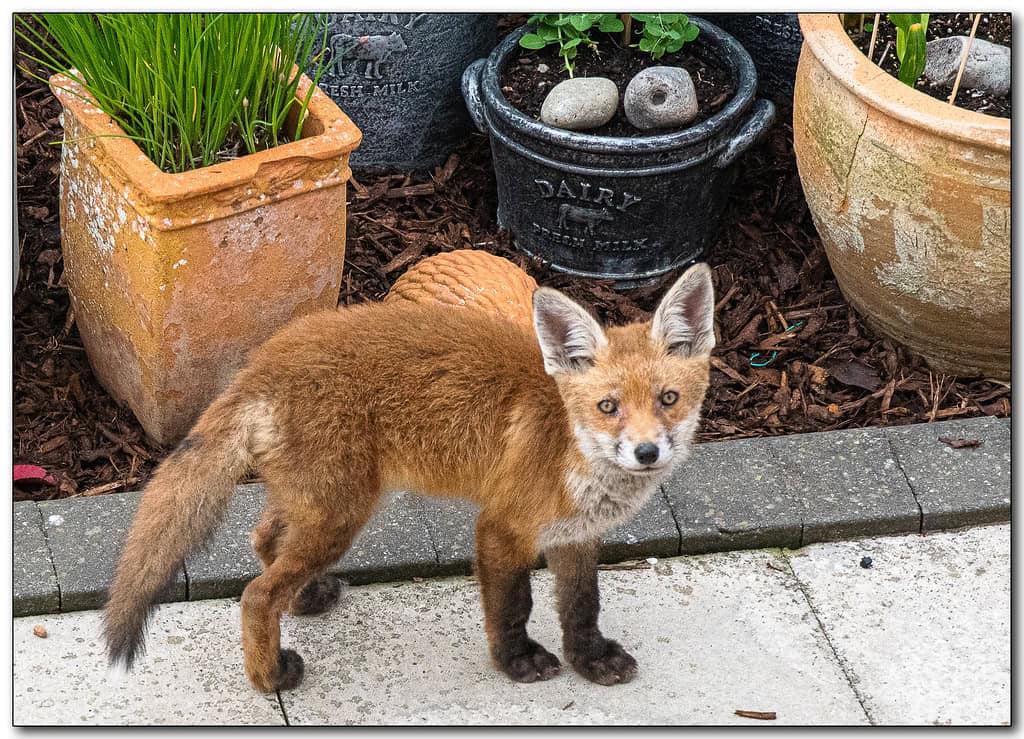
These twelve remarkable species prove that adaptation isn’t always a slow, gradual process spanning millions of years. Instead, nature has equipped some animals with the biological tools and behavioral flexibility to transform themselves at breathtaking speed when faced with new challenges. From urban invaders learning to navigate city life to island populations developing entirely new survival strategies, these animals remind us that life’s creativity knows no bounds.
The next time you see a raccoon raiding your garbage or spot a coyote trotting down a city street, remember that you’re witnessing evolution in fast-forward. These animals aren’t just surviving in our rapidly changing world – they’re mastering it with an adaptability that would make any human impressed. What other hidden talents might these incredible creatures develop as our world continues to change?
- 8 Times Animals Helped Solve Crimes in the Most Unexpected Ways - August 20, 2025
- 10 Stunning Animals You Can See in the Great Barrier Reef - August 20, 2025
- 14 Loudest Birds in the U.S. - August 20, 2025

